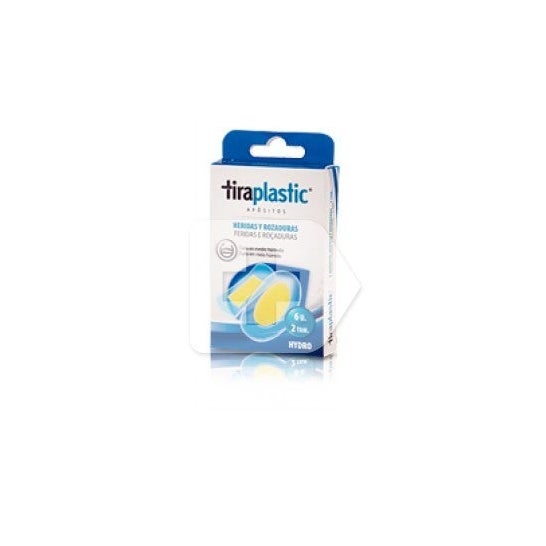Loles Fuster pure rose hip oil 50ml
limited stock
Login for a better experience
Log inIs this your first purchase?
Create an account with a €5 gift voucher Promotions
Promotions
Is your delivery area listed below?

But don't worry, there are other products available in your area.
The free reward program that rewards your loyalty, you can earn points and redeem them on your purchases. Start saving!
Place an order and earn 3 points for every euro spent.
Use your points as a payment method - for every 100 points you earn, you get a 1€ discount!
Points and promo codes are not compatible with the purchase of medicines or infant formula milk 0-6 months.
€3.22 by redeeming Health points. Log in
Enviado por DocMorris
Waterproof dressings suitable for use on skin in contact with water
6ud.
Shipping in 24-72h
€3.22 by redeeming Health points. Log in
Enviado por DocMorris
limited stock
limited stock
limited stock
limited stock
limited stock
Moisture causes wounds to soften, ooze and not heal as they should, leading to the possibility of infection. Using dressings specially designed to resist contact with water without detaching from the skin is a good way to heal your wound while maintaining your daily habits;
Tiraplastic hydrocolloid dressings help wounds heal properly even if the skin comes into contact with water. In addition, their elasticity allows them to adhere to any part of the body.
Take a bath without fear of your wound not healing.
This product contains:
- 3 dressings of 7cm X 2,4cm
- 3 dressings of 7cm X 3,8cm
Wash and disinfect the wound before applying the dressing to dry skin.
Plasters, adhesive bandages or dressings are patches that have a sterile gauze pad in the centre, surrounded by an area that sticks to the skin. They are used to protect open wounds, prevent infection and facilitate the healing process.
There are different types of plasters depending on the type of injury. To choose the right dressing, you need to consider the conditions the wound will be subjected to. They come in multiple sizes, materials, colours, flexibility, and can even be water-resistant. They may also have an additional ingredient with antiseptic properties to ensure a better healing process.
It is essential to clean the wound with water and soap, disinfect it and carefully dry the area with a sterile gauze before applying a dressing to any type of wound. Afterwards, simply remove the protective elements and make sure that the gauze pad, not the adhesive part, completely covers the wound.
Remember that the dressing is intended to protect the skin until it forms a protective scab. Unless the wound is in a rubbing area, it is preferable to remove the plaster once the scab has formed so that it can heal completely.
Please note that plasters are only indicated for blistering or minor bleeding. If the wound is very large or deep, you should consult your doctor, who will be able to assess how you should to proceed.

